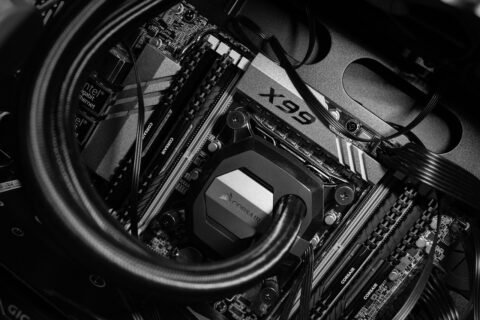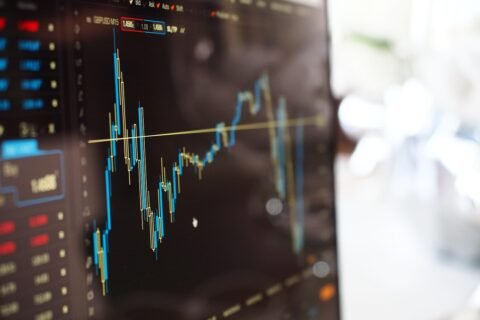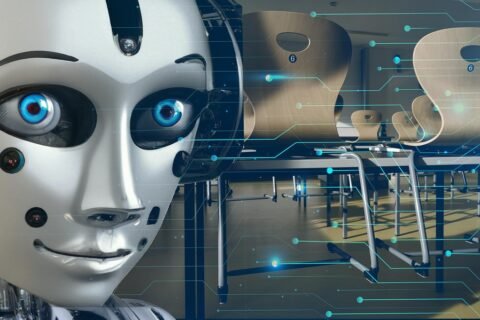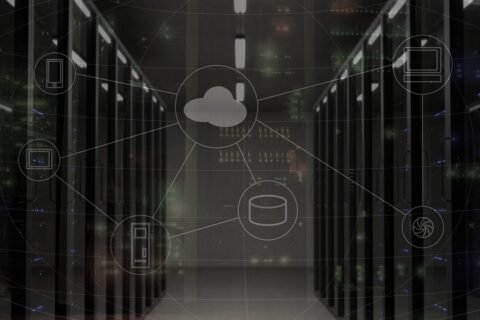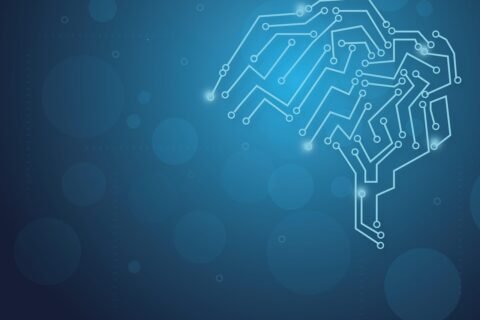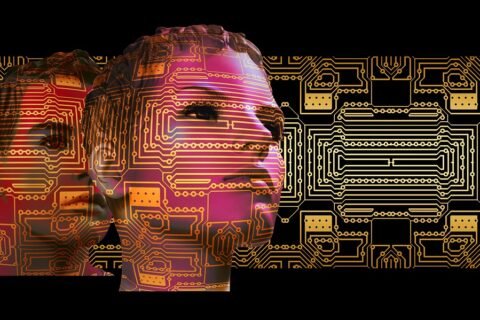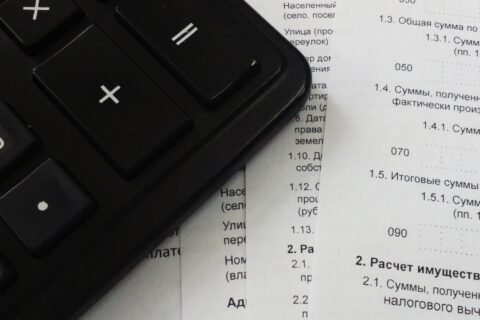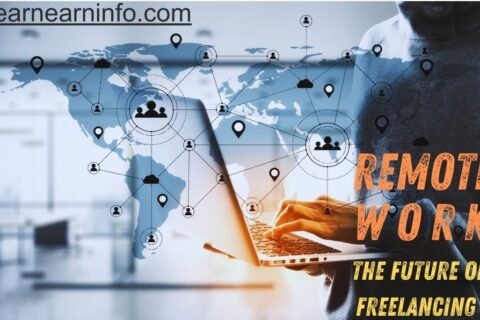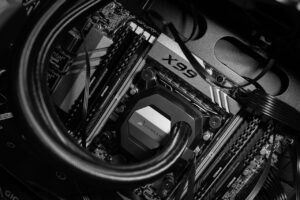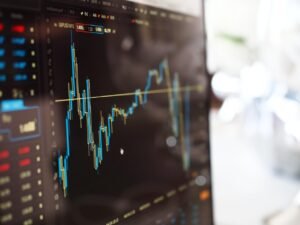AI and Trading: How Technology Will Shape 2024 Markets
Table of Contents
- Introduction
- The Role of AI in Trading
- Key AI Technologies Transforming Trading
- Benefits of AI in Trading
- Potential Challenges and Risks
- Case Studies of AI in Trading
- Future Predictions
- Conclusion
- Key Takeaways
- FAQ
Introduction
As we step into 2024, **trading** is increasingly being reshaped by advancements in artificial intelligence (AI). The financial markets have always been data-driven, but the infusion of AI takes data analysis and decision-making to unprecedented levels. From sophisticated algorithms that predict market movements to real-time data processing, AI is revolutionizing how trading is conducted. This article examines the many aspects of artificial intelligence (AI) in trading, as well as its advantages, possible drawbacks, and prospective ramifications..
The Role of AI in Trading
Artificial intelligence has become a cornerstone of modern **trading** strategies, providing tools that enhance decision-making and operational efficiency. AI algorithms excel at analyzing vast amounts of data quickly and accurately, identifying patterns and trends that are beyond human capability. This technological prowess makes AI an invaluable asset for traders aiming to stay ahead in competitive markets.
Algorithmic Trading
One of the primary applications of AI in **trading** is algorithmic trading. This involves using pre-programmed algorithms to execute trades based on predefined criteria. These algorithms can process market data in real-time, making quick and efficient trade decisions. For example, high-frequency trading (HFT) uses complex algorithms to execute large numbers of orders at extremely high speeds, capitalizing on minute market movements.
Predictive Analytics
Predictive analytics, powered by AI, allows traders to forecast future market trends with a high degree of accuracy. By analyzing historical data, AI models can identify patterns and predict how different factors will impact market movements. This predictive capability is crucial for developing effective trading strategies and making informed decisions.
Key AI Technologies Transforming Trading
Machine Learning
**Machine learning** is a subset of AI that enables trading systems to learn from historical data and improve their predictions over time. This technology is essential for developing models that can forecast market trends with remarkable accuracy. Machine learning algorithms analyze large datasets to uncover patterns and correlations that might elude human traders.
For example, by continuously learning from new data, machine learning can adjust to changing market conditions. This adaptability ensures that trading strategies remain effective even as market dynamics evolve.
Natural Language Processing (NLP)
**Natural language processing** (NLP) allows AI systems to interpret and analyze human language. In **trading**, NLP is used to analyze news articles, social media posts, and other text-based data to gauge market sentiment. By understanding the sentiment behind news events and social media trends, traders can make more informed decisions.
For example, NLP algorithms can sift through vast amounts of text data to identify positive or negative sentiments towards specific stocks or market events. This insight can help traders anticipate market movements and adjust their strategies accordingly.
Robotic Process Automation (RPA)
**Robotic process automation** (RPA) streamlines repetitive tasks in **trading**, such as data entry and report generation. By automating these processes, traders can focus on more strategic activities. RPA reduces the risk of human error, leading to more accurate and efficient operations.
For example, RPA can automate the collection and organization of data from various sources, ensuring that traders have access to the most up-to-date information without manual effort.
Benefits of AI in Trading
AI offers numerous benefits to the **trading** industry:
– **Enhanced Accuracy**: AI systems can analyze data with a level of precision that surpasses human capability, reducing the likelihood of errors. This is particularly important in high-frequency trading, where even small mistakes can have significant financial implications.
– **Speed**: AI can process and analyze data in real-time, enabling faster decision-making. This is crucial in volatile markets where timely decisions can significantly impact trading outcomes.
– **Cost Efficiency**: Routine task automation lowers operating expenses. Trading companies can increase productivity and profitability by utilizing AI.
– **24/7 Trading**: AI systems can operate around the clock, taking advantage of market opportunities that arise outside of regular trading hours. This ensures that traders do not miss out on potential gains due to time zone differences or market closures.
Potential Challenges and Risks
While **trading** benefits greatly from AI, there are several risks and obstacles associated with it.
– **Data Quality**: To produce precise forecasts, AI systems need access to high-quality data. Inaccurate conclusions may result from poor data quality. Ensuring data quality and dependability is essential to implementing AI in trading successfully.
– **Over-reliance on Technology**: Traders may become too dependent on AI systems, neglecting their own judgment and expertise. It’s essential for traders to maintain a balance between leveraging AI tools and applying their own insights and experience.
– **Security Concerns**: AI systems can be vulnerable to hacking and other cyber threats. Protecting these systems from malicious attacks is vital to maintaining the integrity of trading operations.
– **Regulatory Issues**: The use of AI in **trading** is subject to regulatory scrutiny, and compliance with evolving regulations can be challenging. Traders and firms must stay informed about regulatory changes and ensure their AI systems comply with legal requirements.
Case Studies of AI in Trading
JP Morgan’s LOXM
JP Morgan’s **LOXM** is an AI-powered trading platform that uses machine learning algorithms to execute trades. It has significantly improved the efficiency and accuracy of trading operations. LOXM’s ability to process large volumes of data quickly and accurately allows it to identify trading opportunities that human traders might miss.
BlackRock’s Aladdin
**Aladdin** from BlackRock is an AI-powered platform for investment management that facilitates trading, portfolio management, and risk assessment. It makes recommendations and insights for **trading** tactics by utilizing AI. Aladdin’s advanced analytics capabilities enable it to assess risks and opportunities in real-time, helping traders make more informed decisions.
Future Predictions
Looking ahead, AI is expected to become even more integral to **trading**. We anticipate the development of more sophisticated AI algorithms, increased use of big data, and greater integration of AI across all facets of **trading**. These advancements will likely lead to more efficient markets, better investment strategies, and improved returns for traders and investors alike.
AI’s ability to process and analyze vast amounts of data will continue to evolve, leading to more accurate predictions and better trading outcomes. Additionally, advancements in machine learning and NLP will enhance the ability of AI systems to understand and respond to market trends.
Conclusion
In 2024, AI is set to play a transformative role in the **trading** industry. By leveraging technologies such as machine learning, natural language processing, and robotic process automation, traders can gain a competitive edge and navigate the complexities of the market more effectively. While there are challenges and risks associated with AI, the benefits it brings to **trading** are undeniable.
Key Takeaways
– **AI in trading** enhances accuracy, speed, and cost efficiency.
– Key technologies include **machine learning**, **natural language processing**, and **robotic process automation**.
– Potential challenges include data quality, over-reliance on technology, security concerns, and regulatory issues.
– Future advancements in AI are expected to further revolutionize **trading**.
FAQ
Q:What is AI in trading?
A: AI in **trading** refers to the use of artificial intelligence technologies to analyze data, identify trends, and execute trades more efficiently and accurately.
Q: How does AI improve trading?
A: By offering improved data analysis, lowering errors, automating repetitive processes, and facilitating real-time decision-making, artificial intelligence (AI) enhances **trading**.
Q: What dangers come with utilizing AI in trading?
A: The risks of using AI in **trading** include data quality issues, over-reliance on technology, security vulnerabilities, and regulatory compliance challenges.
Q: Can AI predict market trends?
A: AI can help predict market trends by analyzing historical data and identifying patterns. However, it is not infallible and should be used in conjunction with human expertise.
Q: What are the future trends in AI and trading?
A: Future trends in AI and **trading** include more sophisticated algorithms, increased use of big data, and greater integration of AI across all aspects of **trading** operations.






